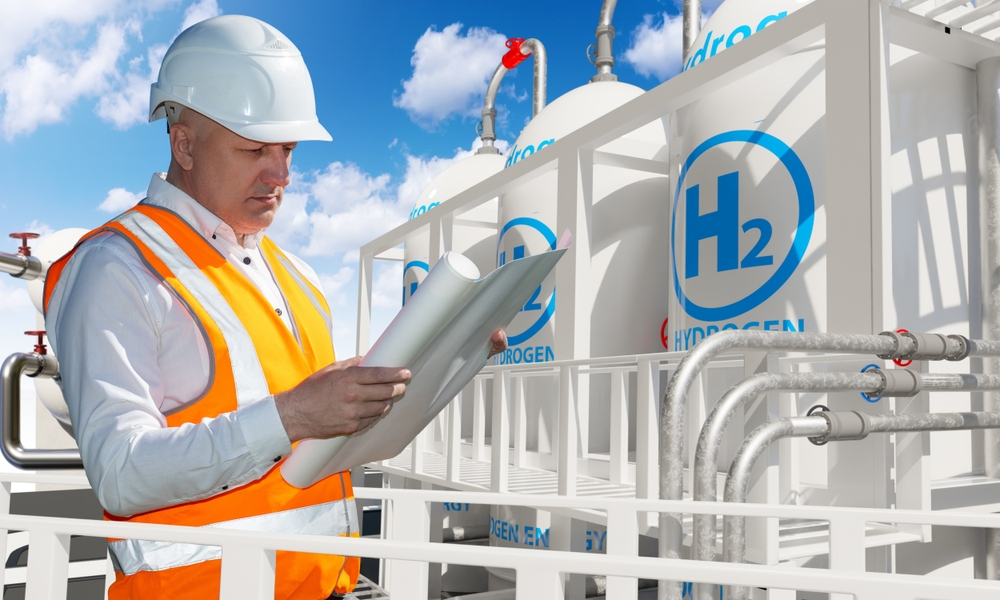Maximising Efficiency: A Comprehensive Guide To Designing Solar PV Systems
Maximising Efficiency: A Comprehensive Guide To Designing Solar PV Systems
Nov 06, 2023

In the era of sustainable living and environmental consciousness, the demand for renewable energy solutions is on the rise. Among the various sources of renewable energy, solar photovoltaic (PV) systems stand out as a powerful and accessible option. In this blog, we will delve into the intricacies of designing a Solar PV System for Maximum Efficiency, the latest advancements in solar technology and how PMV in Perth contributes to the renewable energy industry.
Understanding Solar PV Systems and Its Components
Solar PV systems harness the power of sunlight and convert it into electricity through photovoltaic panels. These panels are comprised of semiconductor materials, typically silicon, which absorb photons from sunlight and release electrons, generating an electric current.
- Photovoltaic Panels: The heart of any solar PV system, these panels come in various types, including monocrystalline, polycrystalline, and thin film. The choice depends on factors like efficiency, space availability, and budget.
- Inverter: Converts the direct current (DC) generated by the panels into alternating current (AC) used in households and businesses.
- Mounting Structure: Proper installation and orientation of panels are crucial for optimal energy production. Factors such as tilt angle, azimuth, and shading should be considered.
- Battery Storage (Optional): Batteries store excess energy for later use, providing a continuous power supply during periods of low sunlight.
How To Design Solar PV Systems for Maximum Efficiency
- Site Assessment: A thorough site assessment is essential before installing solar panels. Factors such as sunlight availability, shading analysis, and local weather patterns impact system performance.
- Load Analysis: Understanding the energy needs of the facility ensures that the system is appropriately sized. PMV’s solar installation course emphasises the importance of accurately assessing energy consumption for efficient system design.
- Optimal Panel Placement: Aligning panels to face the sun directly maximises energy absorption. This involves considering the geographical location, seasonal variations, and potential obstructions.
- Innovative Technologies: And most importantly, staying updated on the latest solar technologies helps in getting the right kind of solar PV system for your needs. Bifacial panels, solar trackers, and smart inverters are among the innovations that can enhance system efficiency.
PV Solar Short Course at PMV:
Project Management Vision in Perth offers a short course in PV Solar Design and Install Course, training participants with the knowledge and skills needed to design and install efficient solar systems. The course covers:
- Technical fundamentals: Understanding the science behind solar energy and the functioning of photovoltaic panels.
- Design principles: Mastering the principles of solar panel installation, including system sizing, placement, and wiring.
- Project management aspects: Integrating project management principles into solar PV design, ensuring projects are completed on time and within budget.
- Regulatory Compliance: It navigates the legal and regulatory landscape of solar installations to ensure compliance with local and national standards AS/NZS 5033:2021 and 5139:2019 and Clean Energy Council to be eligible for STC credits
Designing a solar PV system for maximum efficiency requires a combination of technical knowledge, practical skills, and an understanding of project management principles. With the right training, such as PMV’s Grid Connect PV Solar Design and Install Course, professionals can contribute significantly to the advancement of renewable energy and the creation of a sustainable future.
At PMV, we constantly strive to train the Australian workforce on various innovative technologies as per the industry needs. Check out our other courses. To know more about our training courses, contact us today!
Interested in our blogs? Read more here:
Recent Post
Jul 29, 2024

